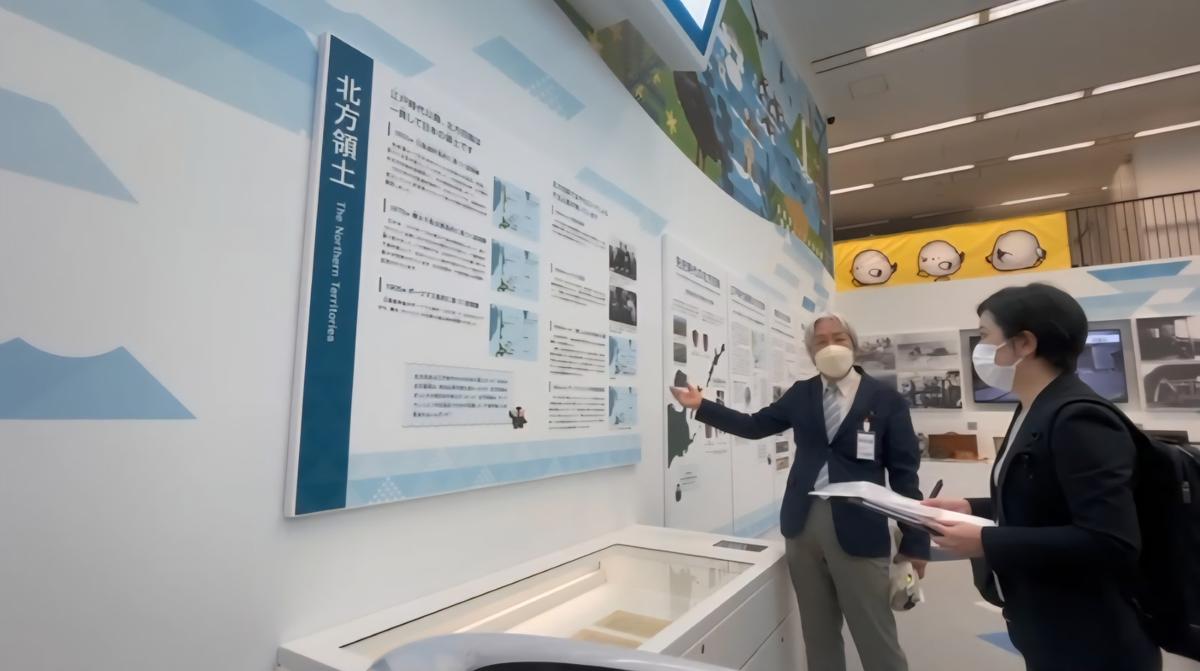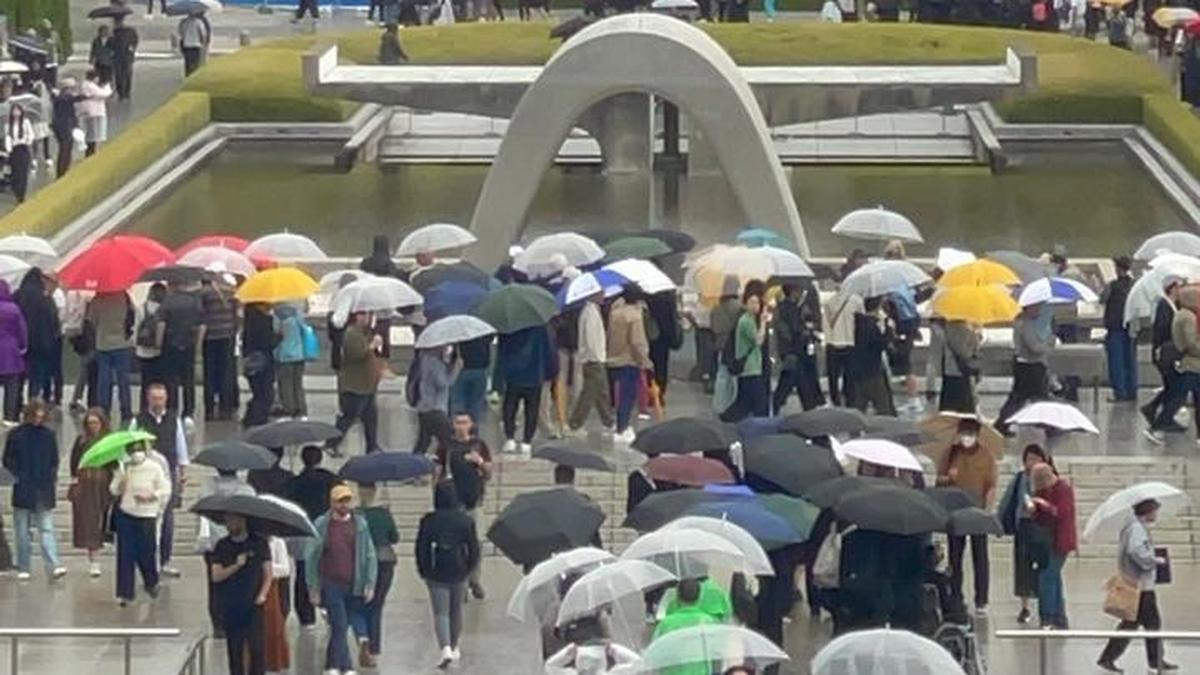Eighty years after the U.S. attacked Japan with the atomic bomb, crowds still throng to the mound-shaped peace memorial and museum in Hiroshima to pay their respects to hundreds of thousands killed or affected.
The bombing of Hiroshima and Nagasaki and the subsequent surrender of Japan to allied forces in 1945 laid the foundation for Japan’s pacifist Constitution and its policy of “minimum necessary levels” for “self-defence forces”.
However, many here say the change in the government and election of Prime Minister Sanae Takaichi this week, the first woman to hold the position, as well as the new coalition partners to the ruling Liberal Democratic Party (LDP), will bring major changes to Japan’s defence posture, and herald a larger shift for the country.

The new Prime Minister’s announcement of 2% of GDP or about 11 trillion yen defence expenditure in her first parliamentary speech on Friday (October 24, 2025) elicits mixed responses, and some misgivings. “Whether you are a supporter of Sanae-San or not, there is now an expectation, especially among the youth, of change coming to Japan,” said a 23-year-old visitor, who works in the health sector. “I think the focus of the government should be on supporting the ageing population in the country.”

Exhibits at Japan’s National Museum of Territory and Sovereignty
| Photo Credit:
Suhasini Haidar
Self-defence
“We should spend on defence, but only self-defence to protect Japanese people, not offensive (operations),” said Ms. Masako, who paid respects at the memorial with her teenage daughter Urara on Saturday (October 25).
However Mr. Hirae, a taxi driver in the city, said he is a fan of the new Prime Minister, adding that it is time for the government in Tokyo to take Japan’s defence more seriously.
One of Ms. Takaichi’s early challenges will be a decision on whether to follow her mentor former Prime Minister Shinzo Abe in debating an amendment to Article 9 of the Japanese post-war Constitution that says the Japanese people “renounce war as a sovereign right of the nation and the threat or use of force as means of settling international disputes”.
The second part of Article 9 is particularly redundant, Mr. Abe had argued, as it said that “land, sea, and air forces, as well as other war potential, will never be maintained”, as Japan has since those decades, consistently increased its defence capabilities.
Takaichi’s agenda
A former senior diplomat, who asked not to be identified, said that amending the Constitution, which requires two-third of Parliament to approve, is difficult, given the coalition in power has a slight minority, but added it will remain on the agenda for Ms. Takaichi, especially given her coalition now includes the more right-wing Ishin party.
“In the past, the LDP’s coalition partner (Komeito party, in ruling coalition during 1999-2025) was seen as more moderate and held back LDP Prime Ministers from such a step. But today, the LDP’s coalition partners are seen as more hawkish… and the restraints on Ms. Takaichi are certainly less,” the diplomat said.
The shift in Japan’s defence posture is not sudden, but it has gained salience in the past decade. At the National Museum of Territory and Sovereignty, a museum operated by the Cabinet Secretariat since 2018, the government seeks to educate the next generation and other visitors about Japan’s territorial disputes: with Russia over the Northern Territories, tensions with China over the Senkaku islands and with South Korea over the Takeshima islands near the peninsula.
Through videos, charts and an immersive installation, Museum officials explain what they believe is Japan’s “rightful” ownership of the territories. “This is about Japan’s security!” reads literature given out at the exhibit, highlighting the urgency of the situation. “Russia’s aggression against Ukraine and what is happening in the South China Sea are not separate events, but are interconnected,” it adds.
Such concerns may not weigh as much 800 km away in Hiroshima, where the destruction and devastation of 1945 still hang heavily in the air around the “Atomic bomb dome”, and spearheaded peace and nuclear disarmament movements worldwide.
Even so, the winds of change in Japan’s Kantei (Prime Minister’s Office) are unmistakeable, buoyed by popular support. Ms. Takaichi, who says her role model is former U.K. Prime Minister Margaret Thatcher, has begun her tenure with a record 64.4% approval rating, far higher than her predecessors in the past few years.
(The correspondent is visiting Japan at the invitation of the Japan Ministry of Foreign Affairs)
Published – October 25, 2025 10:22 pm IST


